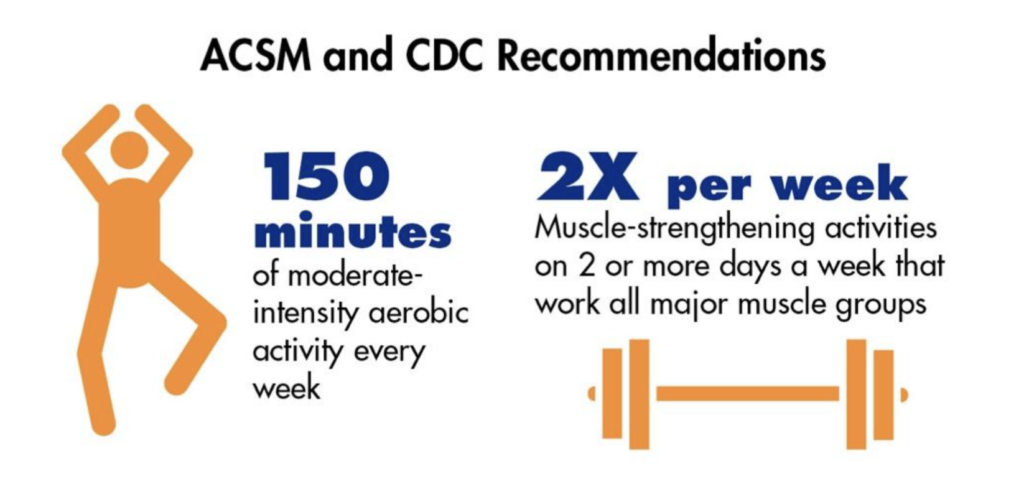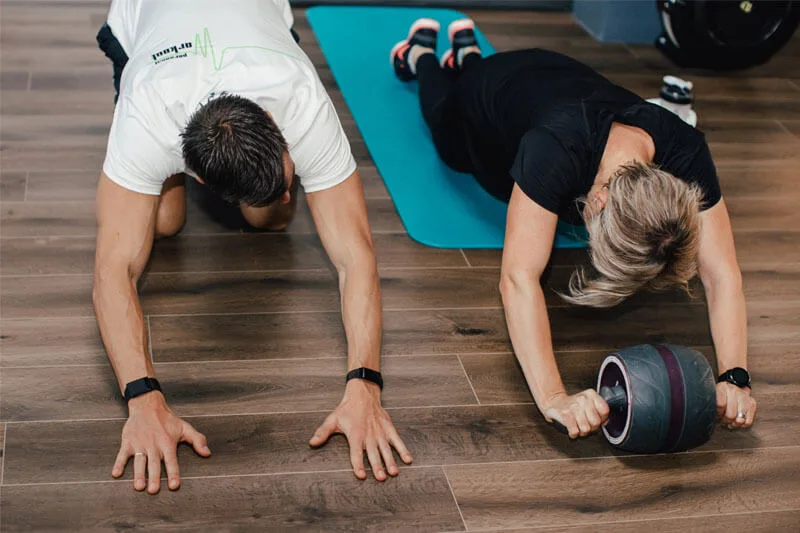How often per week should you train?
In our job as personal trainers we deal weekly with questions that never tend to die, which are the result of curiosity but also the uncertainty of the scientific side. Even before starting a fitness journey, the client asks, “How many times a week should I train?”
Of course, there is no simple and precise answer for all individuals, but let’s see why. By Emanuele Melis.
How Often Should You Exercise in a Week?
In our job as personal trainers we deal weekly with questions that never tend to die, which are the result of curiosity but also the uncertainty of the scientific side. Even before starting a fitness journey, the client asks, “How many times a week should I train?”
Of course, there is no simple and precise answer for all individuals, but let’s see why. BY Emanuele Melis.
Factors which influence training frequency
To assess how often to train, we need to consider these factors:
- Goal
- Current physical state/fitness
- Available time
Taking only the goal factor into consideration, we could follow a very simple rule:




Simple right? Not really. In fact, it happens many times that we overdo it, due to initial enthusiasm or the rush of wanting to achieve results in the shortest possible time. Knowing one’s body and its limits is essential, but it is not easy in case of inexperience in sports. Often the opposite happens, which is underestimating one’s abilities and training too little.
Aesthetic goal
So many people who join the gym do so for aesthetic goals, some to lose weight and some to gain muscle mass.
Those who want to gain muscle mass will already know what factors mainly promote muscle growth: mechanical tension, metabolic stress, and muscle damage. [1] Marc wrote about this 3 mechanisms of hypertrophy.
We will not go into too much detail, but physiology applied to sports tells us what recovery times are needed concerning various stimuli. This study by Schoenfeld [4] tells us that training frequency plays little role with equal volume. Volume and intensity are therefore the factors to be taken into account, and they should be spread out over the various sessions in case we want to train 2,3,4 or 5 times a week.
What about weight loss?
Slightly more complicated discussion, as diet and exercise come into play. Once we have adjusted the calories and made sure we are on a low-calorie regimen, the next step is to increase the calories used weekly through exercise. Before we even give numbers, let’s point out that physical activity is not always the same; it is classified according to intensities (light, moderate, vigorous). If your goal is to lose weight, the American College of Sports Medicine (ACSM) recommends more extensive exercise. A total of 250-300 minutes of moderate-intensity aerobic exercise (4/5h) or 150-250minutes of vigorous-intensity aerobic exercise (2.5/4h) per week is advised. This increased volume of exercise can significantly contribute to weight loss.
More in detail according to the ACSM:
- Maintaining and improving health: 150 min./week
- Prevention of weight gain: 150 – 250 min./week
- Promote clinically significant weight loss: 225 – 420 min./week
- Prevention of weight gain after weight loss: 200 – 300 min./week
Health goal
Before we determine how often one should exercise, it’s essential to understand why exercise is so crucial to our well-being. Regular physical activity forms the foundation of a healthy lifestyle, contributing to physical, mental, and emotional well-being. Exercise can help with weight management, improve cardiovascular health, boost mental clarity, and enhance overall quality of life.
Moreover, research consistently suggests that exercise plays a pivotal role in preventing and managing a wide range of chronic conditions, including heart disease, diabetes, and certain types of cancer. Improving these conditions, it becomes very clear, that movement is a main, if not THE main factor for longevity. Finally it can also help combat stress and anxiety while promoting better sleep and overall mental health. [3]
With these benefits in mind, it becomes evident that regular exercise should be a part of everyone’s life. However, the ideal frequency varies depending on individual factors.
For Cardiovascular Health:





It is essential to make one thing clear: all the numbers provided in this article are the result of statistics derived from scientific studies and relate to an ideal optimal volume for the average person, and that may not be perfect for any given individual.
Other important factors for exercise prescription
- Age: As we age, our bodies may require more time for recovery. Older adults might
need to exercise more frequently but at a lower intensity. - Current Fitness Level: If you’re already fit, you might need less exercise to maintain
your fitness compared to someone starting from a lower fitness level. - Type of Exercise: Different types of exercise have different recovery times. For
example, high-intensity interval training (HIIT) may require longer recovery periods than a
leisurely walk. - Medical Conditions: Certain medical conditions might influence your exercise
capacity. Always consult a healthcare professional before starting a new exercise program if
you have any medical concerns. - Lifestyle Preferences: Some people simply enjoy being active more than others. If
you find exercise enjoyable, you’re more likely to do it frequently.
Listening to Your Body
While guidelines are helpful, it’s essential to listen to your body. If you’re feeling excessively fatigued or experiencing pain, it might be a sign to reduce exercise frequency or intensity. Adequate rest and recovery are crucial to prevent overtraining and injuries.
Conclusion
Science gives us optimal guidelines to follow when prescribing exercise, but we do know, however, that what really matters in achieving a goal, whether physical or health, is consistency. Consistency is key when it comes to exercise. Regardless of your individual circumstances and goals, consistency in your routine is critical.
Establish 1-3 days on which to exercise. On those days train intensely. Try to be flexible. When you miss a day try to make it up the next day or at least within the week and always keeping in mind that little is better than nothing.
If you are interested in starting a fitness journey and would like to place your trust in professionals who can help you develop the best training program based on your goals, you can contact us …
SOURCES
- [1] https://pubmed.ncbi.nlm.nih.gov/20847704/
- [2] https://www.ncbi.nlm.nih.gov/pmc/articles/PMC3925973/figure/F1/
- [3] https://www.cdc.gov/physicalactivity/basics/pa-health/index.htm
- [4] https://pubmed.ncbi.nlm.nih.gov/30558493/
Challenge of the Month
What Clients Say





















